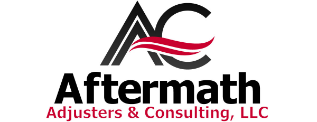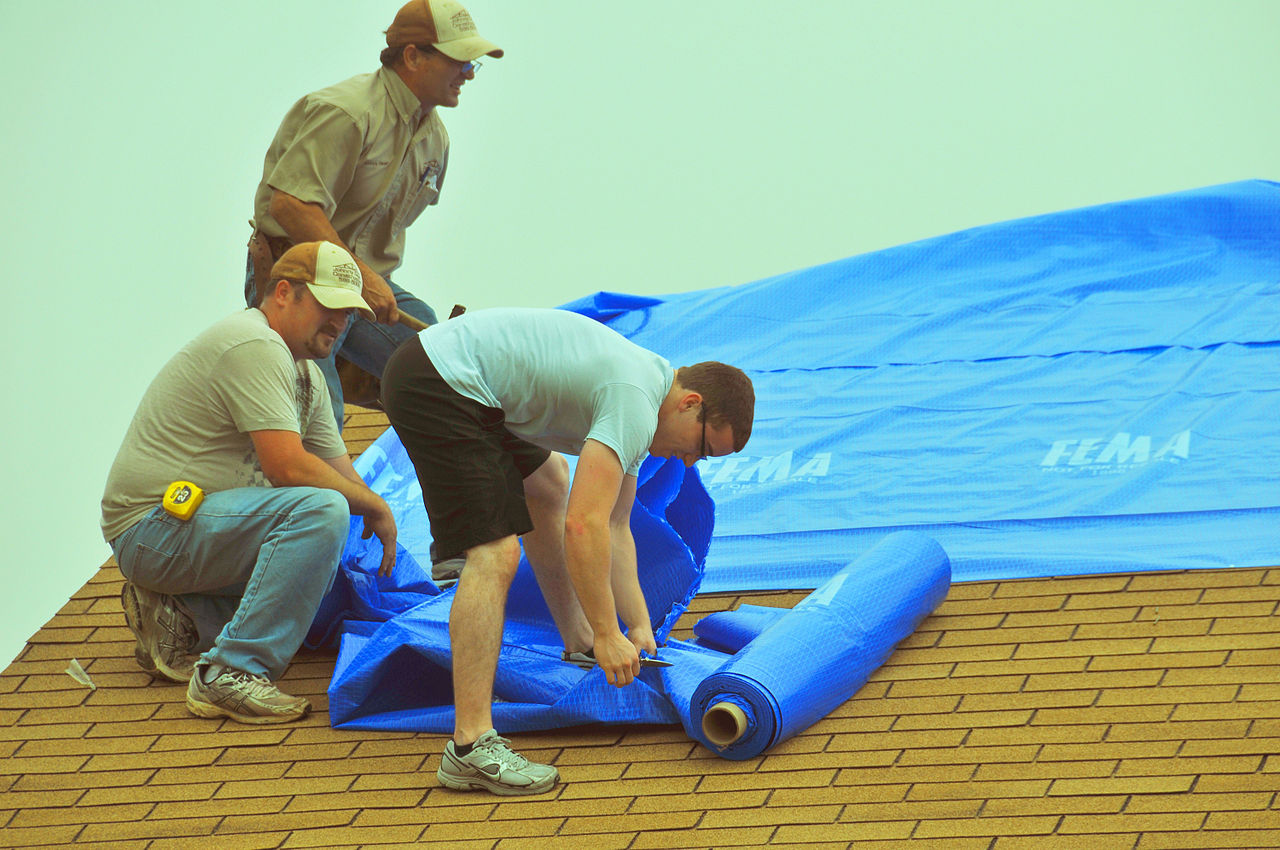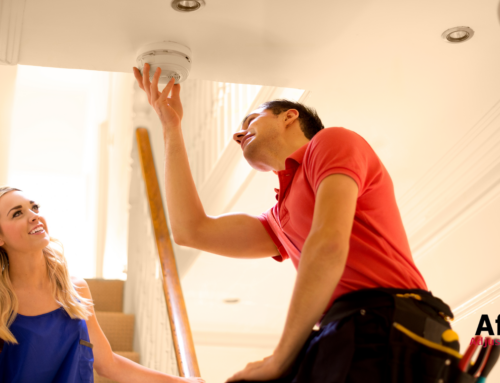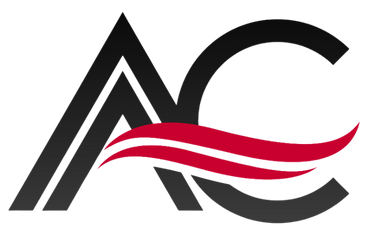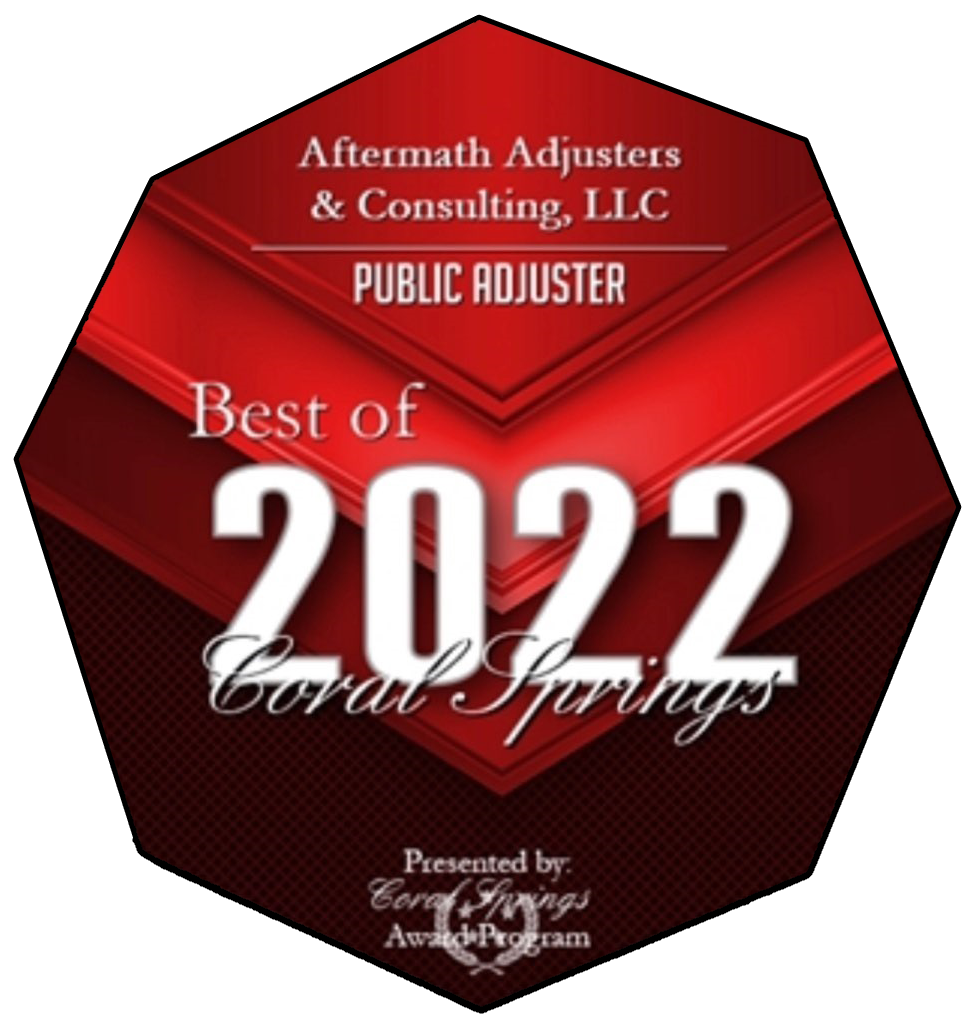If you’ve had damage caused by hurricanes, you know that the cleanup after Hurricane Irma will look a bit overwhelming. To make matters worse, there are not many resources telling you how even to begin.
Cleanup after Hurricane Irma or other storms is very different from every day, or even heavy duty, cleaning. There are health concerns, hazards, and other issues that need to consider. It will require special tools, products, and cleaning techniques as well as safety precautions and protective wear. After a major storm and flooding, some items might be able to be restored, but many items will be ruined.
If you have experienced damage, be sure to take pictures of your damage BEFORE you begin cleanup. Then, of course, CALL US so we can begin the recovery process with your insurance company as quickly as possible!
For information on cleaning salvageable items, the Aftermath Adjusters team is providing the following instructions below:
Getting Rid of Water
If you have flood waters associated with Hurricane Irma, it is important to remove all of the water as soon as possible and dry everything out. To extract the water, you can use carpet and upholstery cleaners (like Rug Doctor and Bissell), utility pumps, or wet/dry vacuums (like ShopVac). Take extreme caution when handling electric tools around flooded areas. Do not use machines like the Rug Doctor if there is more than a half inch of standing water. Be sure to turn off the electricity before entering a flooded space.
Eradicating Mold
The next step for cleanup after Hurricane Irma deals with mold. When the water has been drained, the affected areas will still be damp. If left alone, this moisture will cause mold, mildew, and strong odors. Once the water is gone, use a dehumidifier or portable air conditioning unit. This will help get rid of the dampness until further repairs are made. Do not use outdoor or ground-mounted central air units as they likely are contaminated with silt.
If you do end up getting mold, it is important to wear the proper gear when cleaning it. Protective gloves and goggles are recommended as well as N-95 (or better) masks, especially if you have a weakened immune system or respiratory problems.
To remove mold from hard surfaces, you can use a scrub brush and bleach solution. For getting rid of mildew smells from your floors, use carpet and upholstery cleaners. You can also use diluted white vinegar (if manufacturer instructions allow), or a pre-mixed odor-eliminating solution.
Even with all these guidelines, your best efforts might not be enough to completely remove the mold. For that reason, you may want to hire a professional as they will be able to test for and treat the mold more efficiently.
Safety Precautions For Cleanup After Hurricane Irma
The Environmental Protection Agency recommends the following protective gear when working in flood conditions:
- Rubber or insulated footwear
- Goggles
- Gloves
- Respirators
- Any other protective equipment needed for wet surroundings
Keep in mind that your protective gear should reflect the type of materials you will be handling. For example:
- Wear heavy duty work gloves when handling debris.
- For mild cleaners, you can wear household gloves.
- When using stronger disinfectants like chlorine bleach, use PVC, natural rubber, neoprene, or polyurethane gloves.
When working in flooded areas, another concern to be aware of is potential wildlife, like snakes. The American Red Cross suggests carrying a wooden stick with you. Use the stick to scare away snakes, turn over other items that may have animals inside, and move potentially active electrical wires.
Once again, make sure you do not enter a flooded space unless the electricity is turned off. If your home uses natural gas, check for gas leaks before using anything electrical, including lights. If you have a gas grill, have a professional check the canisters before using them again.
Regarding Your Insurance
For insurance claims, it is best to have pictures or videos taken of your personal property before the damage happened. Document all boats, cars, and the inside and outside of your home to show their previous condition.
If you do not have pre-storm pictures, don’t worry. Just make sure to take them after the damage has occurred, but before cleanup begins. Keep receipts if you have them. Taking a picture of an item with its receipt will show proof of loss and more likely result in a more successful outcome.
The cleanup after Hurricane Irma will take months. Aftermath Adjusters is here to help you with your insurance claim needs. We work with your insurance company to get you the highest claim amount possible given your policy. Call us today for help with your Hurricane Irma claim.
